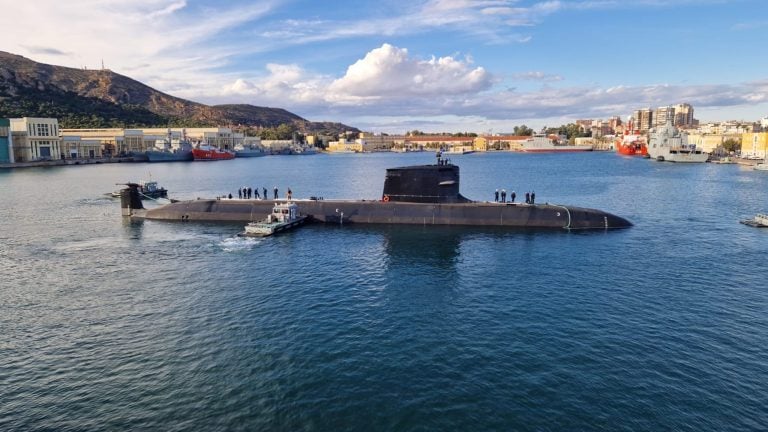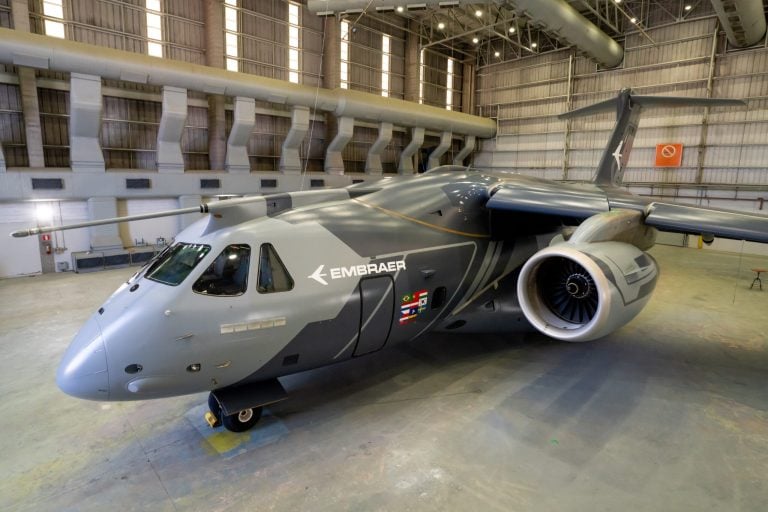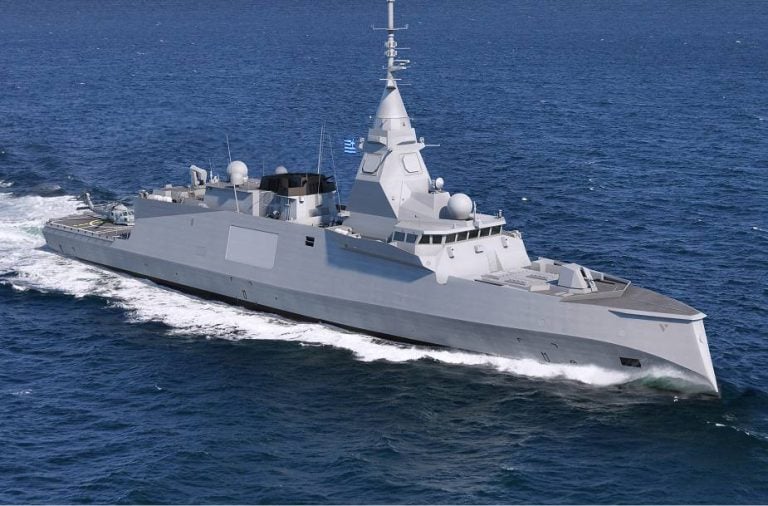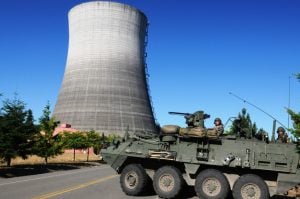Rocket Lab Corporation recently completed a pivotal suborbital mission using its HASTE launch vehicle, designed to enhance the capabilities of the US Defense Innovation Unit (DIU) and the Missile Defense Agency. This mission is a critical component of national defense objectives, focusing on the testing of advanced missile defense technologies.
The launch took place at Rocket Lab Launch Complex 2 located on Wallops Island, Virginia. It is part of the DIU’s Hypersonic and High-Cadence Airborne Testing program and is aimed at evaluating pioneering hypersonic technologies. The mission included a primary payload developed by the Johns Hopkins University Applied Physics Laboratory, along with several secondary payloads contributed by various federal and industry partners.
Notably, this mission was conducted just 14 months after the signing of the contractual agreement, highlighting Rocket Lab’s efficiency in using its commercial liquid launch vehicle for developmental testing and risk reduction. This launch marked the sixth utilization of the HASTE rocket since it made its debut earlier in 2023.
The HASTE system itself is a suborbital, liquid-fueled launch vehicle that features adjustable engine power. The vehicle is specifically designed for testing hypersonic technologies and conducting suborbital missions, providing the flexibility needed for repeated flights to assess new systems and payloads. The third stage of the rocket plays a crucial role in steering the vehicle and ensuring precise payload deployment at the appropriate altitude, speed, and flight path.
Constructed using carbon fiber composite structures, the HASTE vehicle is powered by Rutherford engines that are produced through 3D printing technology. It boasts a substantial payload capacity, capable of carrying up to 700 kilograms (1,540 pounds) on tailored trajectories. This versatility allows the rocket to support a range of tests, including air-breathing, glide, and ballistic testing, as well as technologies aimed at facilitating re-entry from space.
The HASTE rocket is capable of deploying payloads at impressive speeds, ranging from approximately 3 kilometers (1.86 miles) per second to over 7.5 kilometers (4.66 miles) per second. Payloads can be released at altitudes starting from around 80 kilometers (approximately 50 miles) and beyond, enhancing the testing possibilities for advanced aerospace technologies.

















